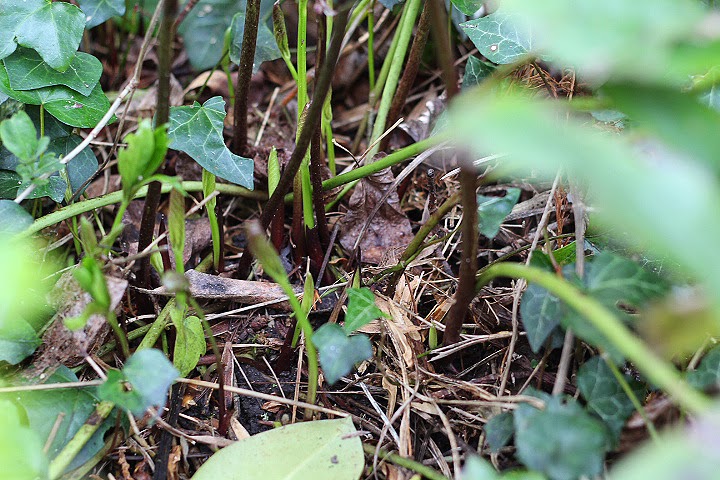Common
Name: Bell Heather
Latin
Name: Erica Cinerea
Type:
Evergreen
Location:
Fletcher Moss
Ultimate
height: 0.1 – 0.5m
Ultimate
spread: 0.1 – 0.5m
Located
Erica Cinerea height: 20 – 30cm
Overall
shape:
Leaf
Shape: Narrow leaves; linear shaped, gradually progressing up the stem. Dark
green in colour.
Bark:
Creamy, light brown in colour. Soft at touch.
Preferred
soil type: Moist but well-drained sand, clay or loam.
Fruit/Flowers:
Fruits being capsules. Flowers purple/red in colour, up to 5-6cm in length.
Growth in clusters along the stem, bell shaped.
Distribution:
Native to Britain
This
particular Erica
Cinerea was found within a planting bed, boarding a footpath
through Fletcher Moss gardens. This species was extremely dominant in this area
of the gardens, with few other species amongst the grow. Their condition seemed
very healthy whilst attracting a vast amount of wasps to its pollen. The ground
conditions were moist but loose. I took a sample of lower level soil and
carried out soil pH tests which read to have
 |
| My illustration of the Erica Cinerea |












